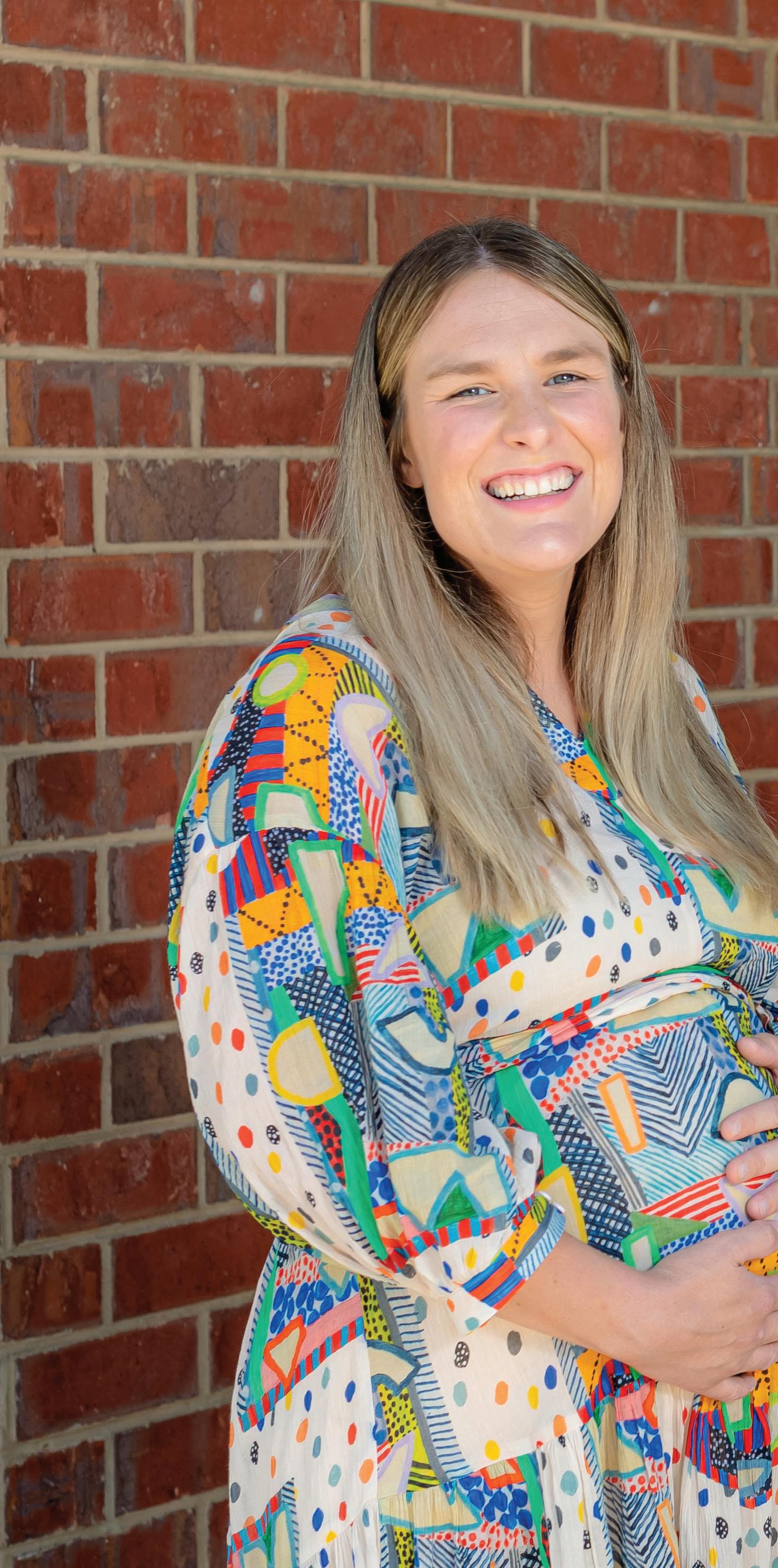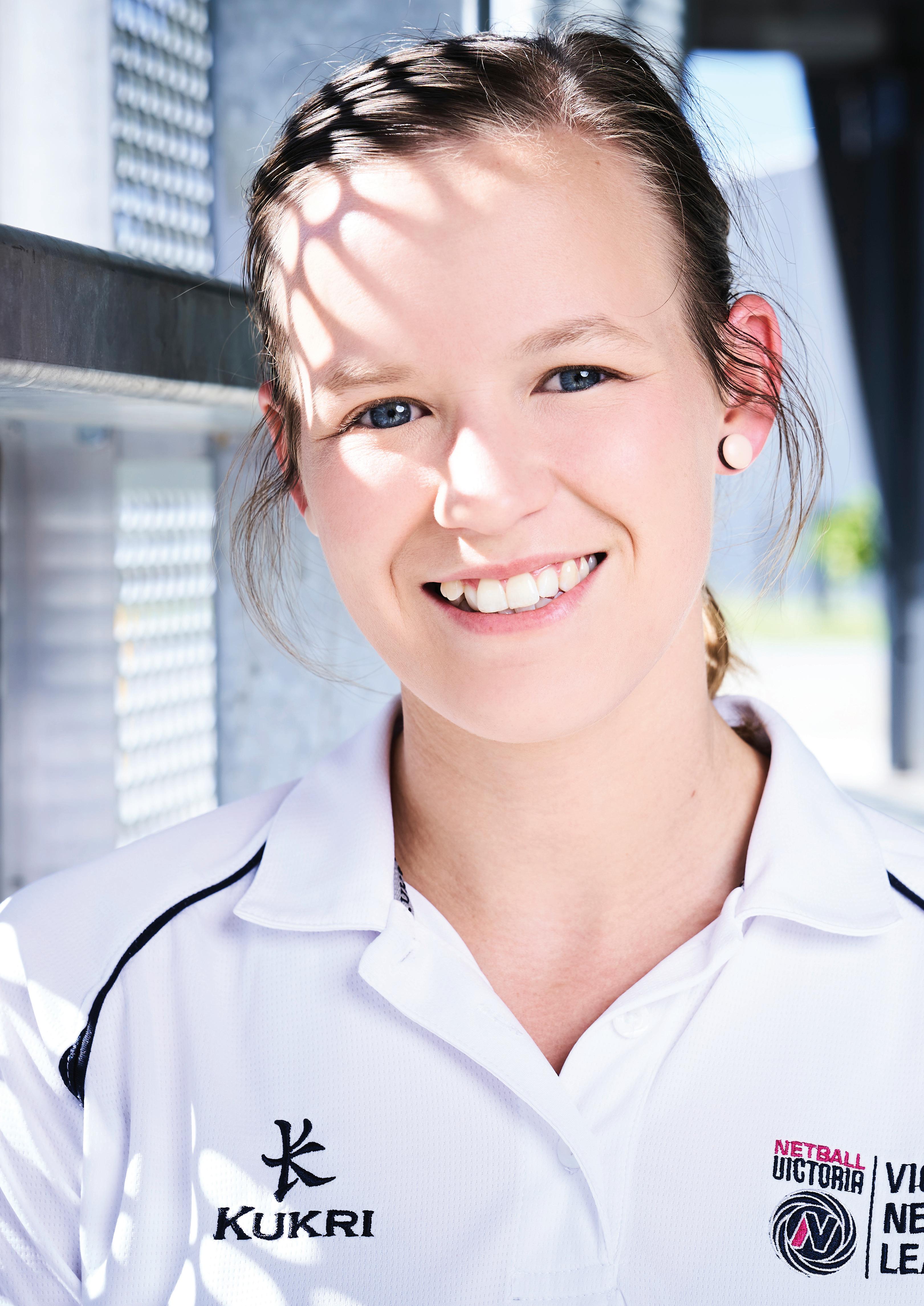
4 minute read
The year of the babies
My office is abuzz with baby talk. Not only am I due to give birth to my second in April, two other members of our team are also expecting. I have declared 2021 ‘the year of babies’.
By Lisa Chesters, Federal Member for Bendigo - Photograph by AJ Taylor
Bendigo and the surrounding region is going through a bit of a baby boom. According to Bendigo Health, their record birthing month was 152 babies in July 2020. Bookings for January to March sat at around 160, rising to 180 by the second quarter of 2021. Whilst the immediate focus is pregnancy care, the birth and the newborn bubble, expecting mums are always encouraged to communicate with their employers and make decisions about their return-to-work plans post maternity leave. Today, it is possible for new mothers to also have a career, but it hasn’t always been this way. It’s hard to believe that, for many of us, our mothers and grandmothers did not have the same choice. Many were forced to give up their jobs once they were married or had their first child. It wasn’t until 1966 that women in the Australian Public Service won the right to remain employed after marriage. Many women working in the private sector had to wait much longer for the same rights. Whilst the laws changed to make it illegal to sack a woman because she got married or pregnant, the culture in Australian workplaces didn’t change for many years. My mum resigned from her job as a bank teller just before I was born. Back in the ‘80s it was just expected that women would leave their jobs when their first child was born. We’ve come a long way since this time, but the primary caring role in many families still falls to mum. Conversations with family and colleagues about how to balance babies and work can be challenging. I acknowledge that I’m in a privileged position as a member of parliament with flexible hours and child care at Parliament House. I want to encourage other workplaces to do what they can to enable new parents to transition back into the workforce with ease. I take pride in the fact that my expecting staff members told me their exciting news early on. I know that many women hide pregnancies from employers for many months in fear they may be treated differently or not be presented with career opportunities. This stigma must change. Although pregnant staff members come with the challenge of filling their positions whilst they take maternity leave, I have found it has also presented an opportunity to have open discussions about flexible return-to-work options. At a time where the cost of child care is often a barrier for parents (mostly women) who wish to return to work after having a baby, I encourage businesses and organisations across Bendigo to work towards arrangements that suit all parties. Women deserve the right to be able to have families and careers. Unfortunately, the gender pay gap still very much exists in Australia. According to Workplace Gender Equality Agency 2018-19 data, the gender pay gap sits at 20.8 per cent, meaning men working fulltime earn $25,679 on average a year more than women working full-time. It’s evident that over a lifetime, women will earn less than men, be less likely to advance their careers, and accumulate less superannuation and savings than men.
Felicity Wolff, Lisa Chesters and Erin Ryan

Women are, therefore more likely to live in poverty in old age. One way we can start to fix this problem is by providing better options to women returning to work after having a child. Whether it be flexible hours, days, child care arrangements or working from home options, open and honest channels of communication with returning staff members are vital. Gone are the days where the man is required to be the sole ‘breadwinner’. Many women are now on higher incomes than their partners, so it sometimes makes more sense financially for the female to work more hours. Further, many dads and partners are keen to spend more time with their little ones. I’ve had countless fathers with older children say to me, “I wish I could have been there more in the early years. Your kids grow up so quickly and I feel like I’ve missed so much”. Unfortunately, here in Australia, supporting parents do not have the opportunity to access the same flexible work arrangements as primary care givers. I’d like to normalise the idea of the man or supporting partner stepping into a part-time role to help raise a family rather than the expectation always be on the mother. WGEA states that for every hour Australian men commit to unpaid care and domestic work, Australian women commit one hour and 48 minutes. Unequal unpaid care work is a barrier to reaching gender equality in the paid workforce because it reinforces gender stereotypes of the female ‘homemaker’ and male ‘breadwinner’. There is a new generation of men who are keen to work flexibly, but research by Bain and Company shows that men are twice as likely as women to have their requests to work flexibly rejected and can face careerlimiting judgements in the workplace about their work ethic. COVID-19 has taught us that high levels of productivity are achievable in more flexible work environments and I hope these changes open the door to greater workplace participation for women.









